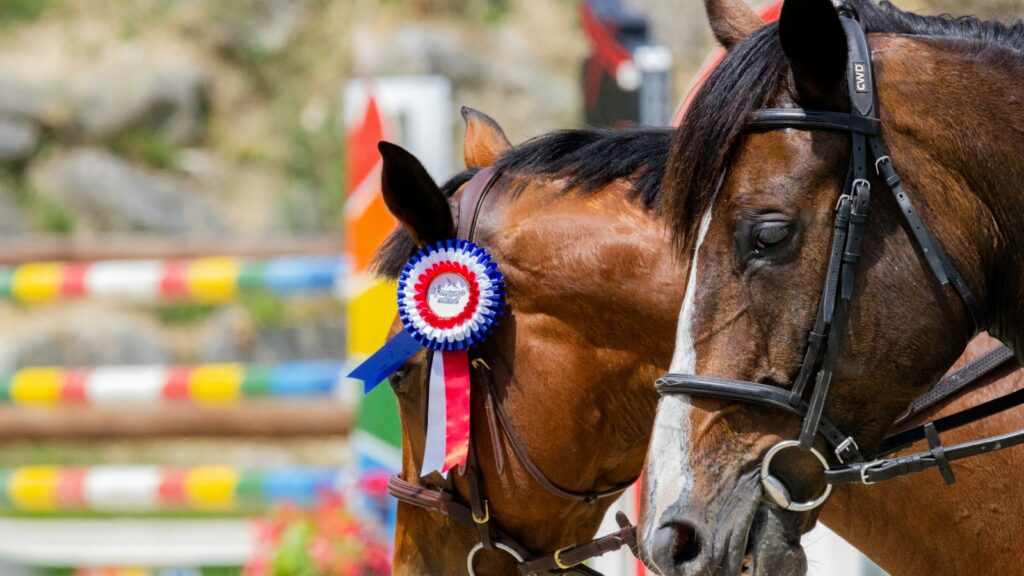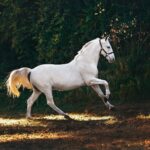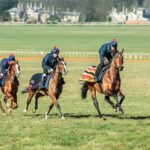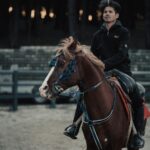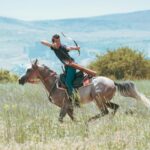The world of equestrian podcasting represents an exciting frontier for horse enthusiasts looking to share their passion and expertise with a global audience. Creating content centered around these magnificent animals allows riders, trainers, and horse owners to build communities, share valuable knowledge, and document their equestrian journey. However, the intersection of technology and horsemanship presents unique challenges that can derail even the most well-intentioned podcasting efforts. Whether you’re considering launching an equine-focused show or already have one trotting along, understanding common pitfalls can help ensure your equestrian podcast achieves success and serves both your audience and your equine partners effectively.
Neglecting Proper Equine Sound Environment
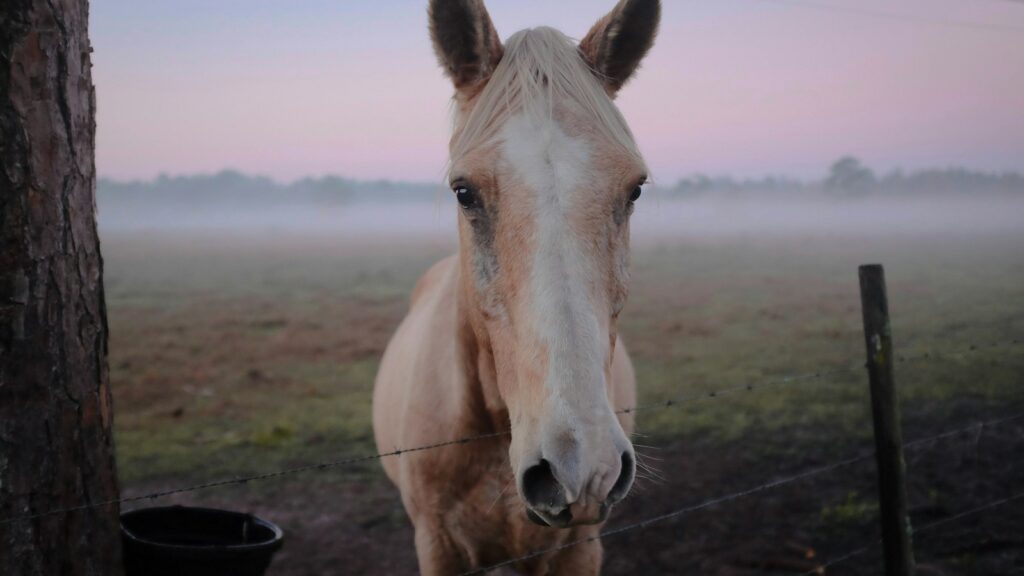
Recording a podcast in a barn or stable environment without acoustic preparation can result in poor sound quality that frustrates listeners. Horses create unpredictable ambient sounds—from shuffling hooves to unexpected neighs—that can overwhelm your recording equipment and render content unusable. Professional podcasters recommend creating a designated recording space with sound dampening materials like moving blankets, foam panels, or even straw bales arranged strategically to absorb echoes and unwanted noise. Consider scheduling recordings during quieter periods in your barn’s routine, avoiding feeding times or periods when other handlers might be working nearby. Remember that your listeners expect clarity, and no amount of compelling content can overcome consistently poor audio quality.
Rushing Your Horse Through Podcast Sessions
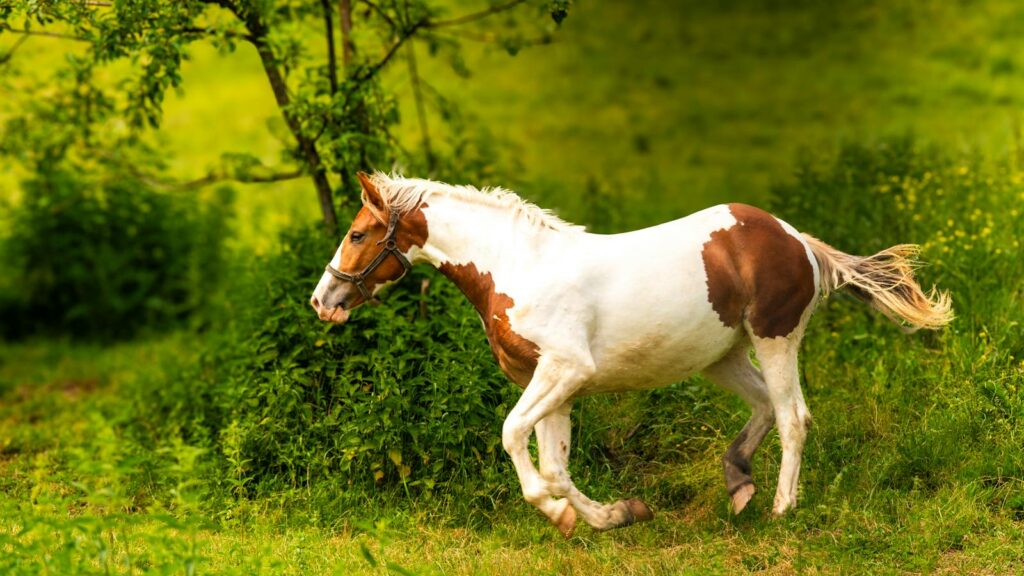
Attempting to hurry your equine companion through a podcast recording session often backfires dramatically, creating stress for the horse and compromising content quality. Horses are incredibly sensitive to human anxiety and timeline pressures, responding with restlessness or resistance that becomes audibly apparent to listeners. Instead, allocate significantly more time than you think necessary for each recording session, building in breaks and opportunities for your horse to relax. Some successful equine podcasters report that a planned 30-minute episode might require a two-hour recording window to accommodate their horse’s needs and natural rhythms. This patient approach not only produces better audio but demonstrates the respectful horsemanship your audience likely values.
Failing to Prepare Your Horse for Recording Equipment
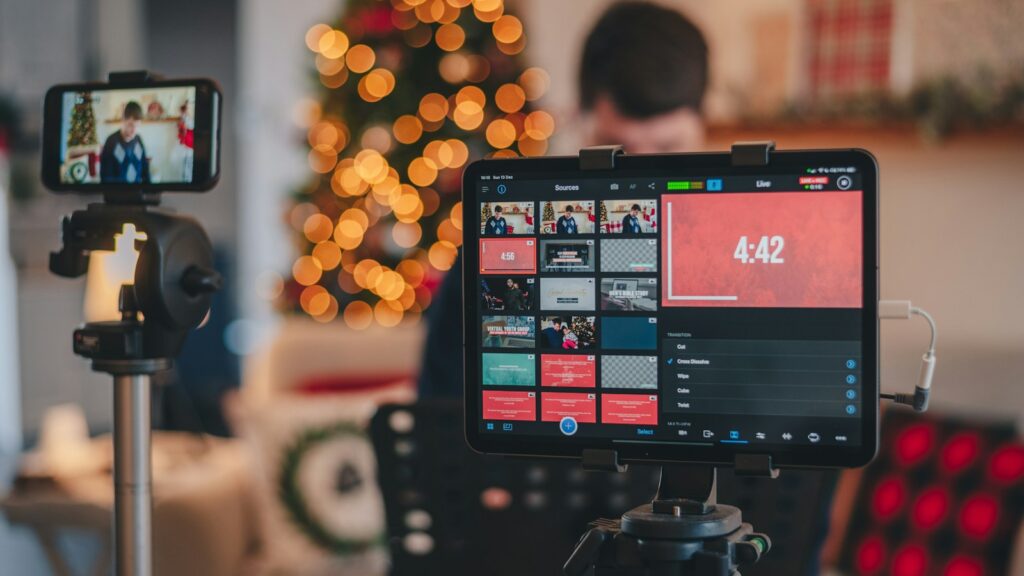
Introducing microphones, headphones, cables, and other recording equipment without proper desensitization can create dangerous situations for both horse and equipment. Many horses react defensively to unfamiliar objects, particularly those emitting subtle electronic sounds or sporting unusual shapes. Veteran equine content creators recommend a graduated introduction protocol, first allowing horses to inspect turned-off equipment from a distance, then progressively bringing items closer over multiple sessions. Some horses benefit from positive reinforcement training specifically targeting equipment tolerance, associating microphones or cameras with treats or praise. This preparation investment pays dividends in more relaxed recording sessions and significantly reduces the risk of damaged equipment from startled reactions.
Overlooking Seasonal Factors in Recording
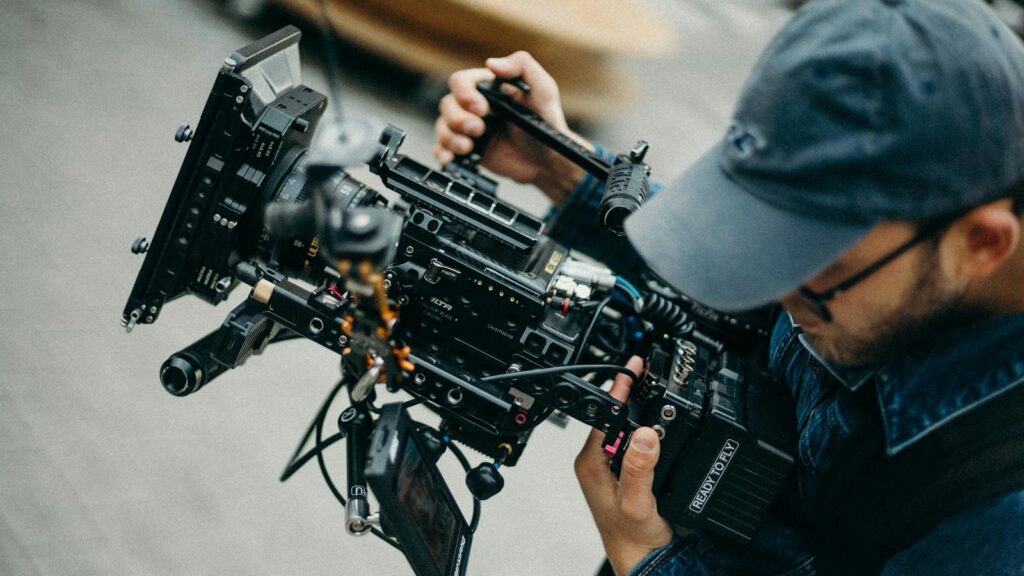
Different seasons present unique challenges for equine podcasting that can significantly impact your production schedule and content quality. Summer recordings often contend with the constant background of fans, insects, and increased activity around barns that can create audio challenges. Winter brings creaking barn structures, respiratory vapor visible on camera, and the rustling of heavier clothing that can interfere with microphone placement. Spring and fall typically offer the best natural recording conditions but may coincide with increased allergens that affect both human and equine respiratory sounds. Professional equestrian podcasters recommend developing season-specific recording strategies, including altered equipment setups, adjusted scheduling, and even seasonally themed content that acknowledges the current conditions rather than fighting against them.
Misrepresenting Your Equine Knowledge
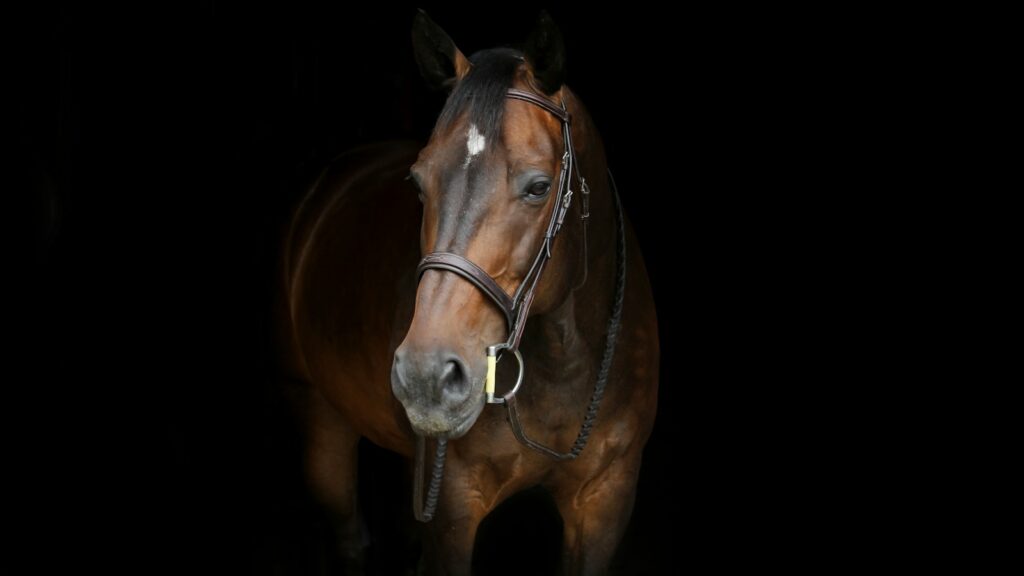
Overstating your expertise or sharing inaccurate information about horse care, training, or behavior undermines your credibility and potentially endangers listeners’ horses if they follow misguided advice. The equestrian community typically values authenticity and recognizes when a host is discussing topics beyond their knowledge base. Successful equine podcasters are transparent about their experience level, clearly distinguishing between personal observations and evidence-based best practices. When covering topics outside your expertise, consider bringing in qualified guests with appropriate credentials or practical experience to ensure information integrity. This collaborative approach enhances your show’s value while protecting your reputation within the discerning equestrian community.
Ignoring Your Horse’s Communication Signals
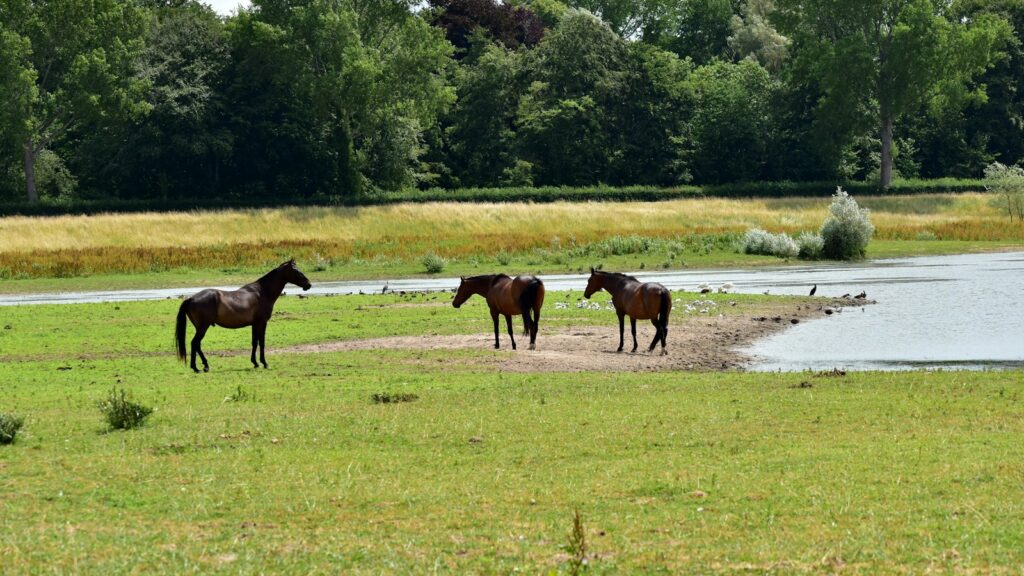
Disregarding subtle signs of discomfort or stress from your equine podcast participant creates ethical concerns and potentially dangerous situations. Horses communicate primarily through body language—ear positions, tail swishing, weight shifting, and eye expressions all convey important information about their emotional state. Experienced equestrians recognize that continued recording when a horse shows anxiety signals prioritizes content over welfare and contradicts the horse-centered values most equine podcasts promote. Establish clear stopping criteria for recordings, such as repeated stress behaviors, and honor these boundaries consistently even when it means rescheduling important content. Some successful equine content creators incorporate brief discussions of their horses’ communication into episodes, modeling attentive horsemanship while educating listeners.
Underestimating Post-Production Requirements
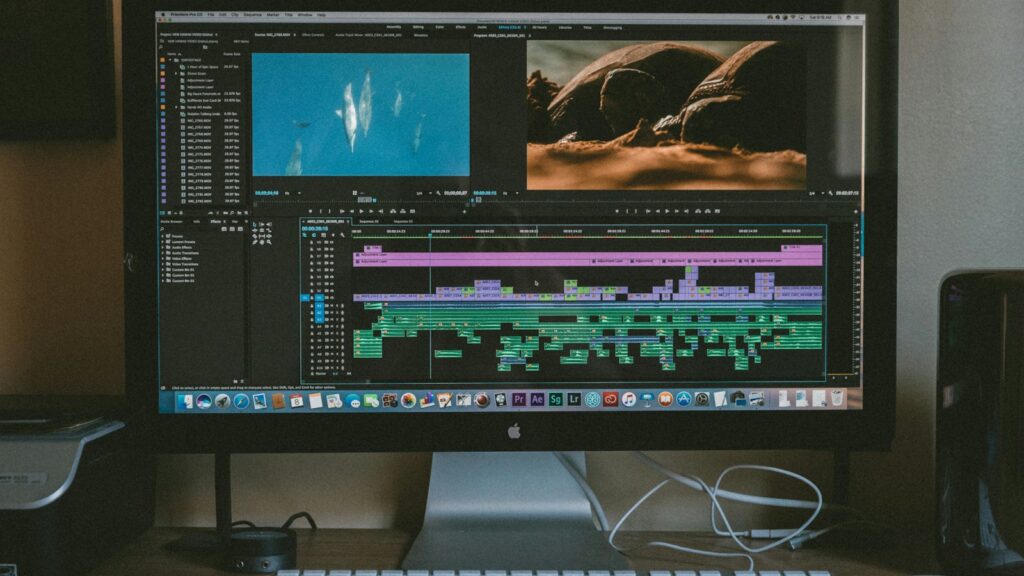
Many equestrian podcasters focus primarily on horse handling and content development while underestimating the technical editing demands necessary to produce professional-quality episodes. Raw recordings from barn environments typically require substantial cleanup to remove background noises, normalize volume levels, and create a polished listening experience. Without adequate post-production, listeners may struggle through uneven audio levels, distracting background sounds, and unclear speech that undermines even the most knowledgeable content. Consider either developing your own audio editing skills through online courses specifically geared toward podcast production or budgeting for professional editing services to ensure consistent quality. Remember that in the competitive podcast landscape, production quality often determines whether new listeners become regular subscribers.
Creating Overly Lengthy Episodes
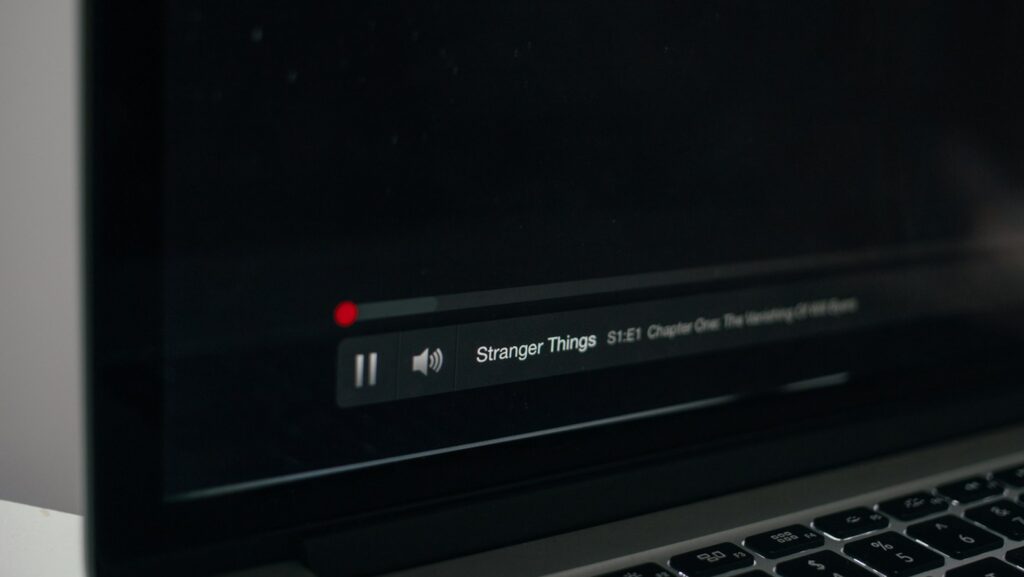
Producing excessively long episodes without clear structure taxes listeners’ attention spans and often indicates insufficient content editing. The most successful equine podcasts typically maintain episodes between 30-45 minutes, recognizing that many listeners tune in during barn chores, commutes, or riding warm-ups where shorter formats are more practical. When topics genuinely require extended discussion, consider breaking content into clearly defined series with consistent internal structure to help listeners navigate longer narratives. Pay particular attention to pacing, ensuring that even shorter episodes move dynamically between different speaking cadences, topics, and energy levels. Analytics from podcast platforms can provide valuable feedback about listener retention at different episode lengths, helping you optimize future content.
Neglecting Safety Protocols During Recording
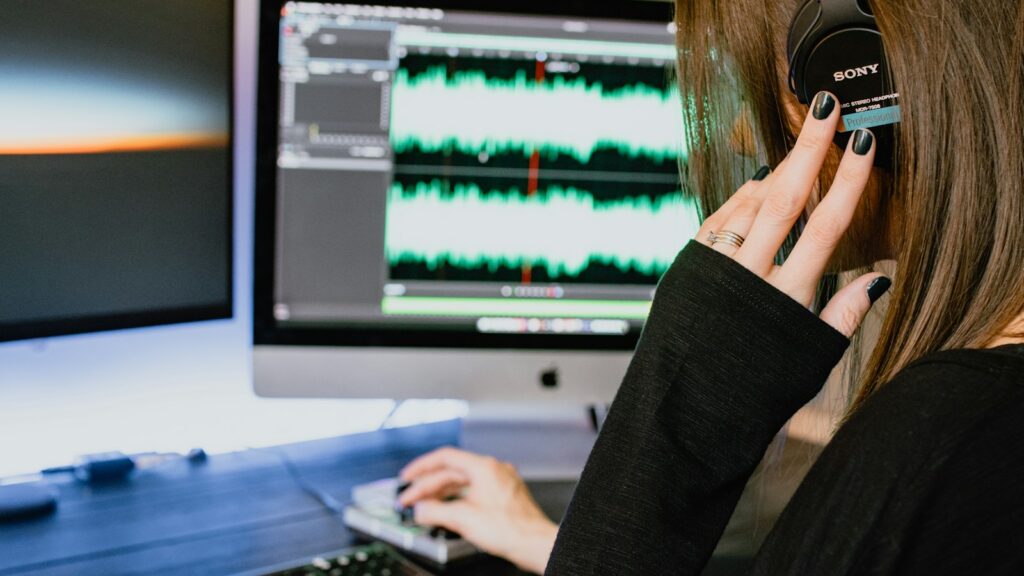
Compromising standard safety practices to capture “better” podcast content creates unnecessary risks for both humans and horses. Some podcasters report feeling pressure to handle horses in less controlled ways or attempt activities beyond their expertise level to create compelling content. Experienced equine media professionals emphasize that safety equipment like helmets, appropriate footwear, and proper restraint systems should remain non-negotiable, even when they might seem visually or audibly intrusive. Consider how your content might influence listeners’ own safety decisions, recognizing that consistently modeling best practices contributes positively to equestrian culture. When discussing more advanced techniques, explicitly address prerequisite skills and appropriate supervision to prevent listeners from attempting activities beyond their capability.
Failing to Secure Proper Release Permissions

Overlooking formal permission agreements when featuring other people’s horses, facilities, or expertise can create serious legal complications for your podcast. Different jurisdictions have varying requirements regarding voice recording consent, property access documentation, and commercial use of equine images or information. Professional equine content creators typically develop standardized release forms that clearly outline how content will be used, distributed, and potentially monetized. These agreements protect all parties involved and prevent misunderstandings that could jeopardize both relationships and content availability. When working with minors in equestrian settings, additional parental permissions are typically necessary, with particular attention to online safety considerations.
Inconsistent Publishing Schedules

Erratic episode release patterns frustrate subscribers and undermine audience growth, regardless of individual content quality. The equestrian community, like most podcast audiences, values reliability in content creation, with engaged listeners often planning barn time or commutes around favorite shows. Successful equine podcasters recommend establishing a sustainable publishing rhythm based on realistic assessment of your time, editing capabilities, and horse availability rather than aspirational goals. Many find that a consistent bi-weekly or monthly schedule maintained reliably builds stronger audience relationships than an ambitious weekly schedule frequently interrupted by missed releases. Consider batch-recording episodes during favorable conditions to create a content buffer for inevitable scheduling challenges like competitions, veterinary issues, or weather disruptions.
Overlooking Accessibility Considerations
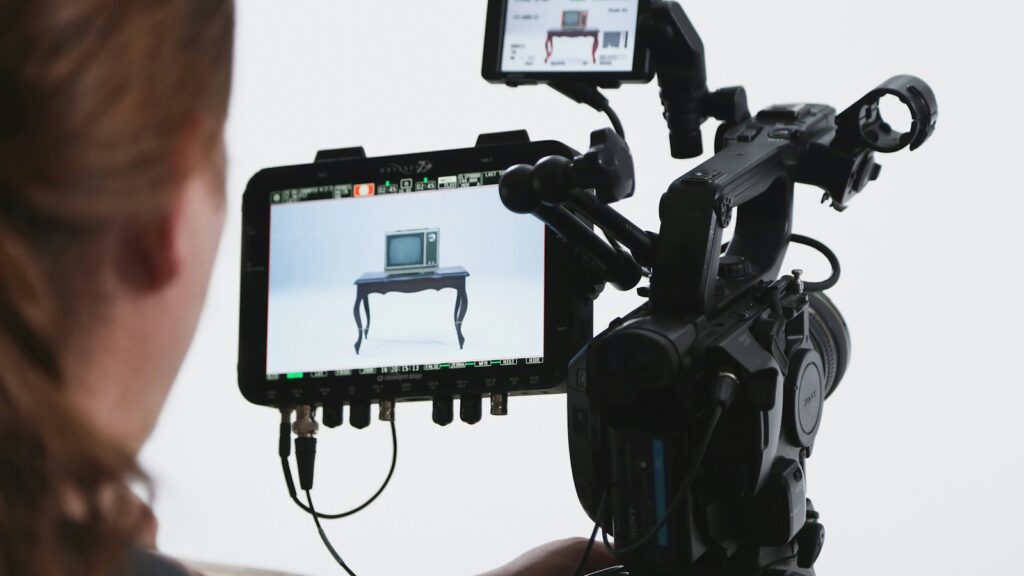
Neglecting accessibility features excludes potential listeners with disabilities from benefiting from your equestrian content. Hearing-impaired equestrians, in particular, represent a significant community segment that relies on transcriptions or captions to access podcast information. Professional content creators recognize that providing episode transcripts not only serves disabled community members but also improves content discoverability through search engines and allows international listeners to translate written content more effectively than audio. Additionally, clearly describing visual elements mentioned in audio-only formats helps visually impaired listeners fully participate in the content experience. Consider developing standardized episode notes that include relevant links, term definitions, and summaries of key points to enhance accessibility across different learning styles and needs.
Forgetting to Highlight Your Horse’s Personality
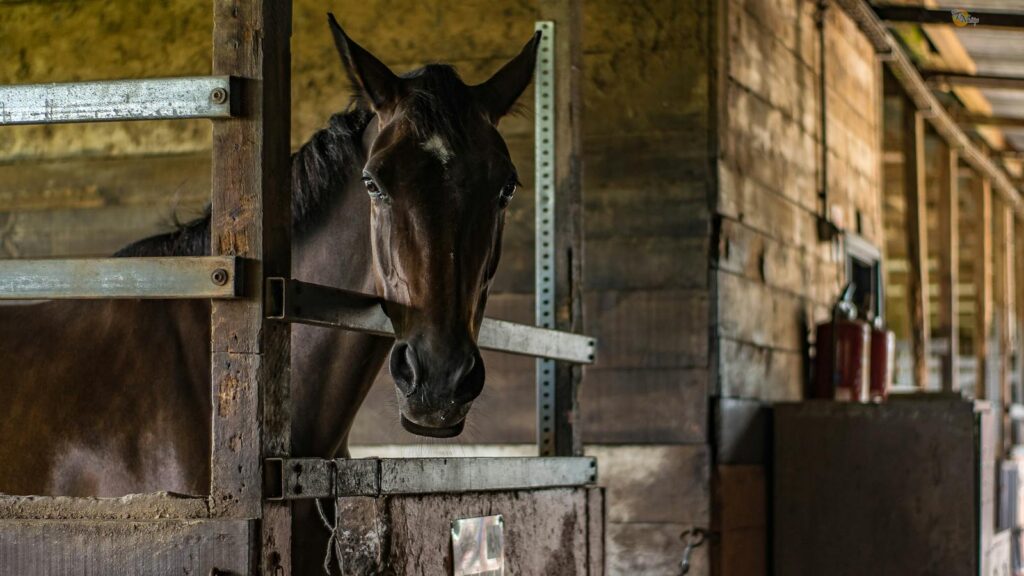
Treating equine podcast participants as background props rather than central personalities misses an opportunity to create distinctive, engaging content. Listeners connect deeply with horses as individuals and appreciate hosts who acknowledge and celebrate their equine partners’ unique characteristics, preferences, and contributions. Successful equine podcasters often introduce regular horse participants with consistent “character development” across episodes, noting behavioral patterns, training progress, or amusing habits that help audience members feel personally connected. This approach transforms technical discussions into memorable narratives with relatable personalities that listeners come to care about over time. Consider occasionally dedicating entire episodes to individual horses’ stories, including their backgrounds, training journeys, and the lessons they’ve taught their human handlers.
conclusion
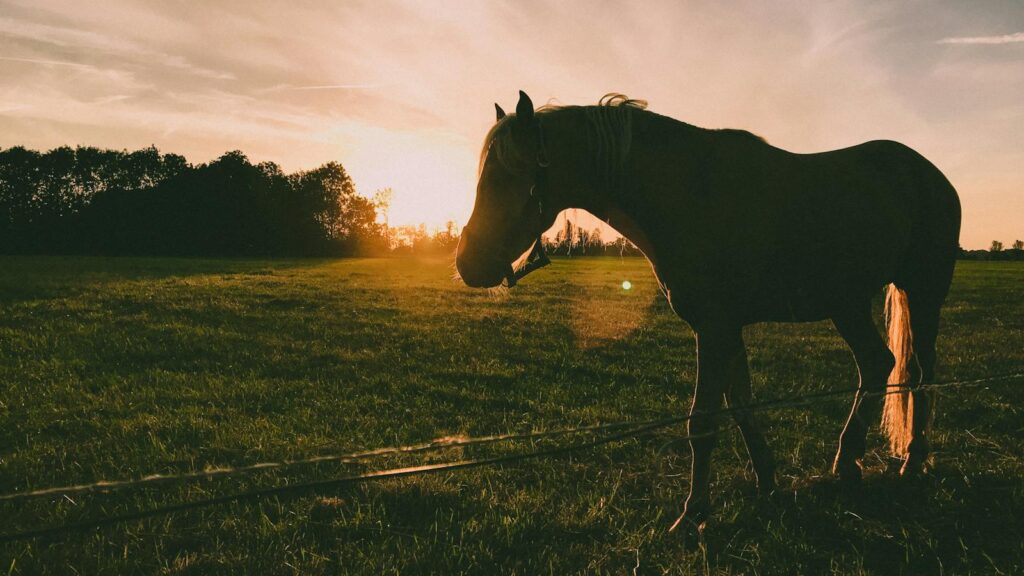
Creating a successful equine podcast requires balancing technical production elements with authentic horsemanship and engaging content development. By avoiding these common mistakes, you’ll be well-positioned to create a show that resonates with the equestrian community while respecting the needs and welfare of your equine participants. Remember that the most impactful horse podcasts reflect a genuine commitment to both quality content creation and exemplary horse care—values that your listeners likely share and appreciate. As you develop your unique voice in equestrian media, let your relationship with horses remain at the center of your content philosophy, guiding both what you create and how you create it.

